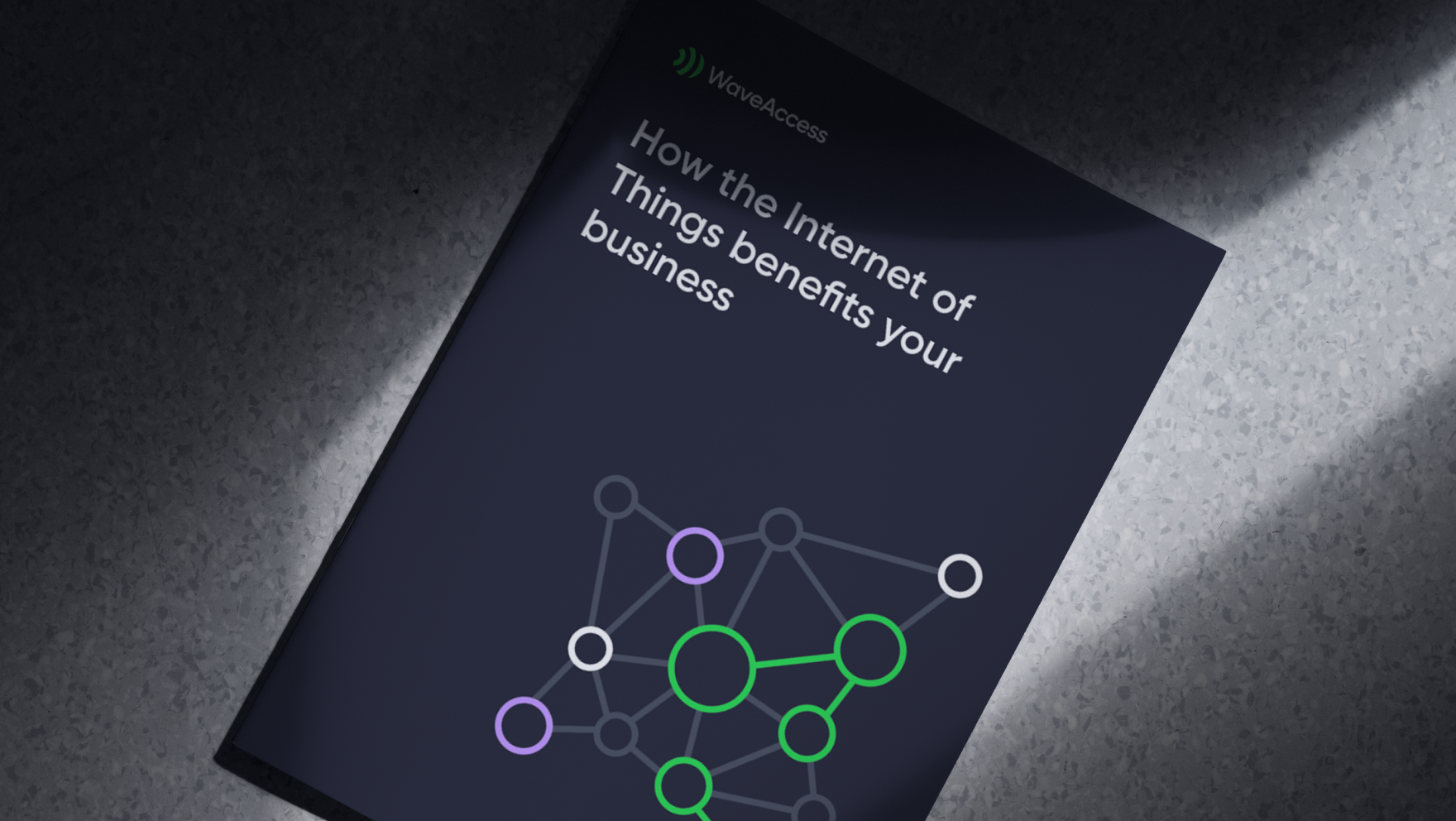Choosing the best IoT implementation model
The right IoT implementation model can do more than just connect devices — it can improve efficiency, generate new revenue streams, and drive smarter decision-making. Whether you're starting small or scaling up, choosing the right approach is key. Explore the most common models to see which is the best fit for your needs.

Selecting an IoT implementation model depends on your business goals, budget, and existing processes. Often, businesses may start with a single model and gradually expand into others as they scale. By successfully combining two or more approaches, they can diversify revenue streams and unlock new opportunities for growth.
Below are some commonly used IoT implementation models, each outlined with its objective, use cases, and key benefits:
| Model | Objective | Use cases | Key benefit |
| Monitoring | Collect real-time data from devices or sensors to monitor conditions, performance, or usage | Monitoring industrial equipment for predictive maintenance Tracking environmental conditions like temperature and humidity in warehouses Monitoring patient vitals |
Provides insights for proactive decision-making and operational efficiency |
| Automation | Automate processes based on real-time data collected from connected devices | Automating irrigation systems in agriculture based on soil moisture levels Smart home systems for lighting and HVAC settings Industrial robotics and assembly lines |
Reduces human intervention, increasing speed and consistency |
| Optimization | Use IoT data to optimize operations, processes, and resource allocation | Supply chain optimization by tracking inventory and shipments Energy management with smart meters Route optimization for logistics |
Improves efficiency, reduces costs, and enhances productivity |
| Predictive | Leverage IoT data and analytics to predict future trends, maintenance needs, or potential failures | Predictive maintenance in manufacturing Retail demand forecasting Weather-based predictions for agriculture |
Enables a shift from scheduled maintenance to condition-based maintenance, preventing issues before they occur, saving costs and ensuring continuity |
| Pay-per-use | Enable customers to pay only for the services or resources they use, leveraging IoT to track usage | Smart utility meters for real consumption Equipment-as-a-service in manufacturing Subscription-based vehicle sharing services |
Provides flexible pricing and improves customer satisfaction |
| Data monetization | Generate revenue by sharing or selling IoT-generated data to third parties | Sharing traffic data with urban planners Selling anonymized customer behavior data Providing weather data to insurance companies Selling predictive maintenance models |
Unlocks new revenue streams |
| Ecosystem or platform | Build an interconnected ecosystem where multiple devices, services, and partners collaborate | Smart city platforms integrating traffic, utilities, and public safety Industrial IoT platforms for supply chains and analytics Healthcare platforms for diagnostics |
Creates a cohesive and scalable solution for complex needs |
| Hybrid | Combine multiple IoT models to address complex or diverse business needs | Monitoring fleet tracking, optimizing routes, automating warehouses Combining behavior monitoring, predictive analytics, and automated replenishment |
Maximizes flexibility and tailors the solution to diverse requirements |
White paper: How IoT benefits your business
We've released an updated version of our white paper, "How the Internet of Things Benefits Your Business." The content has been expanded to include more practical use cases and a well-structured approach to IoT implementation.
What's inside?
- Real-world examples from various industries, showing how IoT addresses real business challenges.
- Insights on avoiding common pitfalls and selecting the right implementation models.
- A clear framework to guide businesses through each step of building effective IoT solutions.
If IoT is on your radar, we'd be happy to share the full version with you. Feel free to reach out to request your copy and explore how IoT can work for your business.
Launch a commercially successful IoT system
Creating an IoT solution, you build a high loaded software and hardware ecosystem with critical quality of service demands. It is more complex than a mobile app or a web service. This system demands multiple engineering disciplines: computer, electrical, network, DevOps, and more. On the other hand, IoT provides you with endless possibilities of making any physical object, animated or not, smart.
In order to launch a commercially successful IoT system, you may want to better research all complexities of designing, building, and maintaining such a system , either by yourself, or by involving multiple experts. We can help you to create an IoT/IIoT solution from scratch: from the prototype and selection of equipment to the development of a full fledged system.
With the right team, the initiative is worth the effort. By introducing intelligence into plain objects, IoT will expand your company’s ability to handle data — which, in turn, will be converted into insights, actions, and eventually into value.
Let us tell you more about our projects!
Сontact us:
hello@wave-access.com
















